Across the Americas, one of nature’s most spectacular migrations unfolds each year as monarch butterflies journey thousands of miles between breeding grounds and overwintering sites. This remarkable phenomenon has long captivated the attention of naturalists, researchers, and wildlife enthusiasts alike. However, a fascinating yet often overlooked aspect of this migration is the interaction between monarch butterflies and various bird species along their flyways. These “crossovers”—shared migration routes and habitat usage—create interesting ecological relationships that impact both the iconic orange and black butterflies and the birds that encounter them during their journeys. Understanding these interconnections reveals surprising insights about ecosystem health, conservation strategies, and the delicate balance of our natural world, offering bird lovers a new lens through which to appreciate their favorite species.
The Monarch Migration Phenomenon Explained
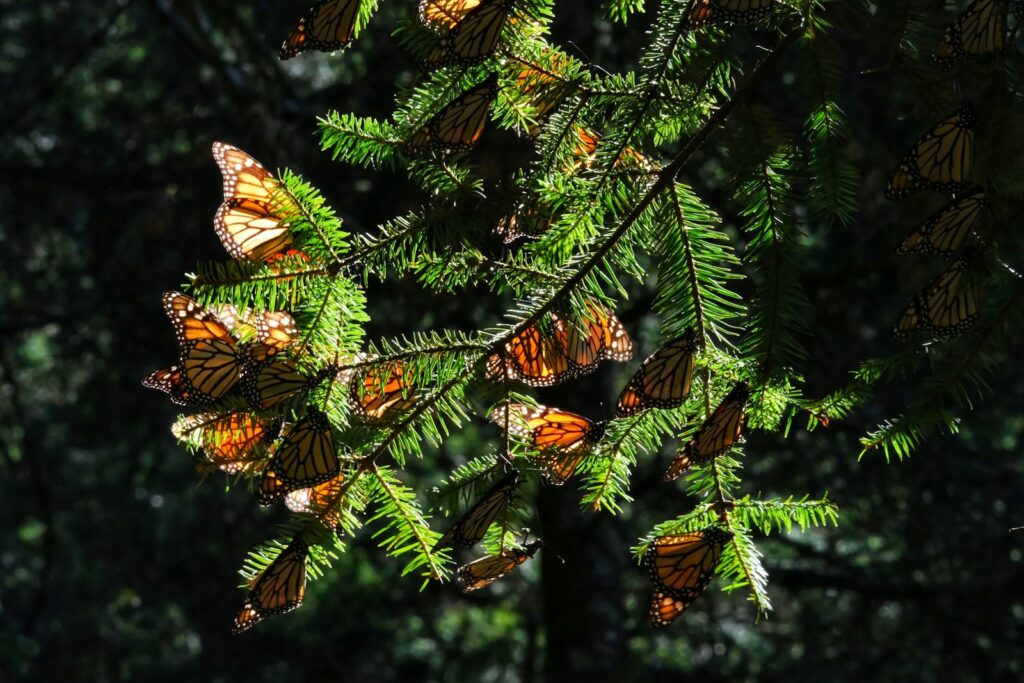
Each year, monarch butterflies embark on one of the most impressive insect migrations on Earth, traveling up to 3,000 miles between Canada, the United States, and Mexico. Unlike birds, no single monarch completes the entire round-trip journey; instead, it takes multiple generations to complete the annual cycle. The eastern population flies to central Mexico’s oyamel fir forests, while the western population generally winters in California’s eucalyptus groves. This multi-generational migration is guided by environmental cues including daylight changes, temperature shifts, and potentially the Earth’s magnetic field. The migration routes form what scientists call “flyways”—aerial highways that have been used by these insects for countless generations and that overlap significantly with major bird migration corridors.
Major Bird Migration Routes That Intersect With Monarch Flyways
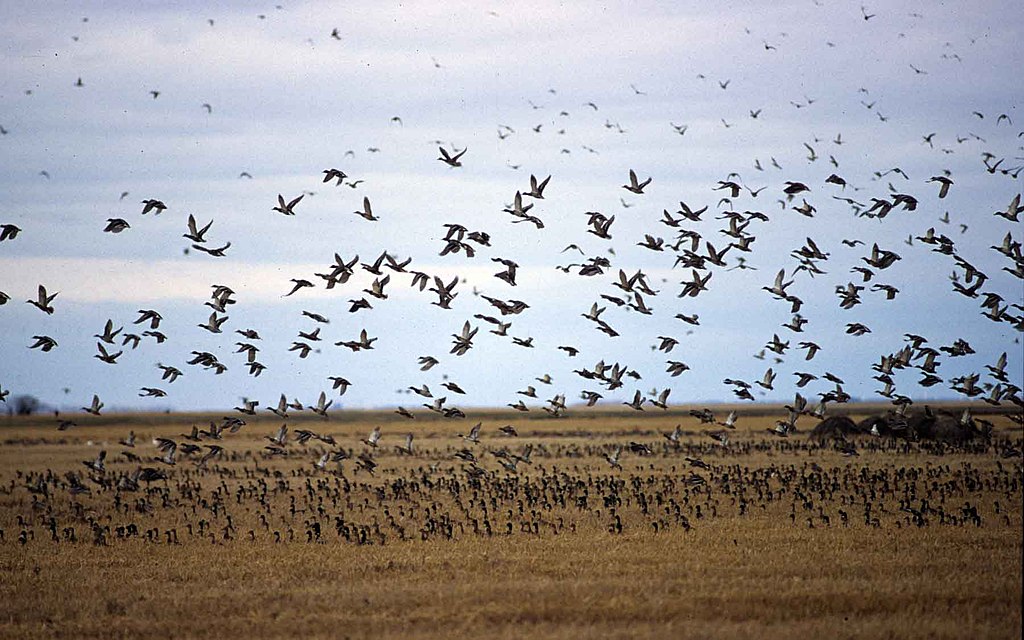
The monarch butterfly flyways significantly overlap with several major bird migration routes, particularly the Central and Mississippi Flyways that birds use during their seasonal movements. These natural highways in the sky create ecological intersections where different migratory species cross paths and interact. The Central Flyway, extending from Canada through the Great Plains to Mexico, serves as a critical corridor for both monarchs and approximately 300 bird species, including various warblers, thrushes, and raptors. Similarly, the Mississippi Flyway, which follows the Mississippi River basin, hosts millions of birds alongside countless monarchs each migration season. These overlapping routes are not a coincidence but rather evidence of shared evolutionary responses to geographical features, weather patterns, and available resources along these pathways.
The Milkweed Connection: Shared Habitat Requirements
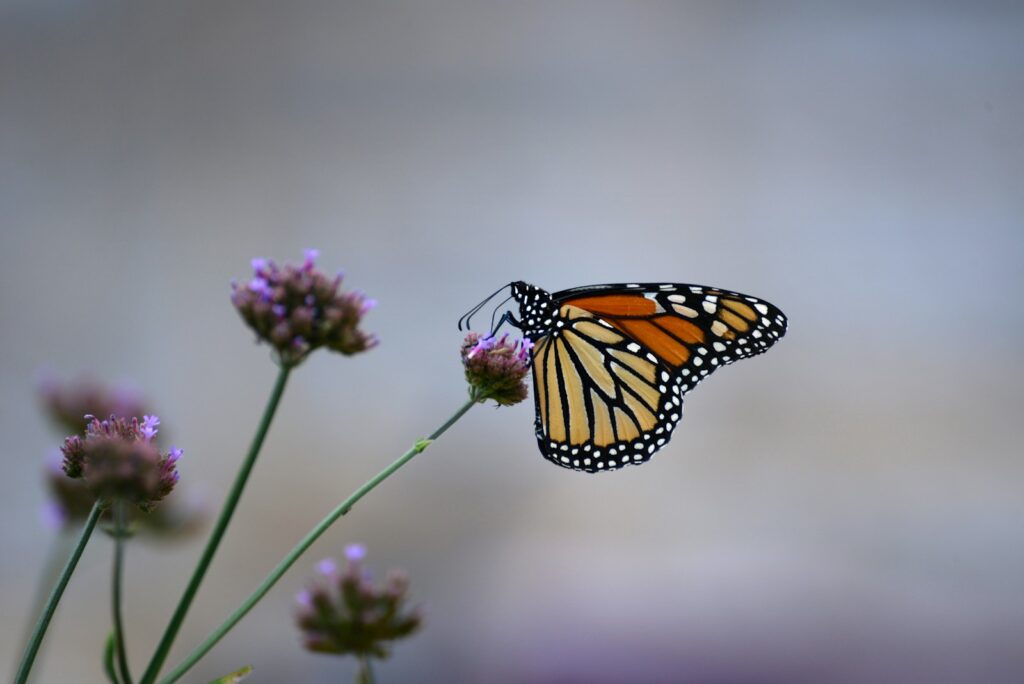
At the heart of the monarch-bird relationship lies the humble milkweed plant, the only food source for monarch caterpillars and a critical component of their life cycle. These plants create microhabitats that support not only monarchs but numerous bird species as well. Meadows and fields rich in milkweed attract insect pollinators, which in turn provide food for insectivorous birds like flycatchers, warblers, and bluebirds. The physical structure of milkweed patches provides nesting materials, shelter, and hunting grounds for birds ranging from sparrows to shrikes. Research has shown that areas with healthy milkweed populations support significantly higher bird diversity than comparable areas without these plants. This shared dependence on specific habitats means that conservation efforts focused on monarchs often inadvertently benefit bird populations as well.
Direct Ecological Interactions Between Monarchs and Birds
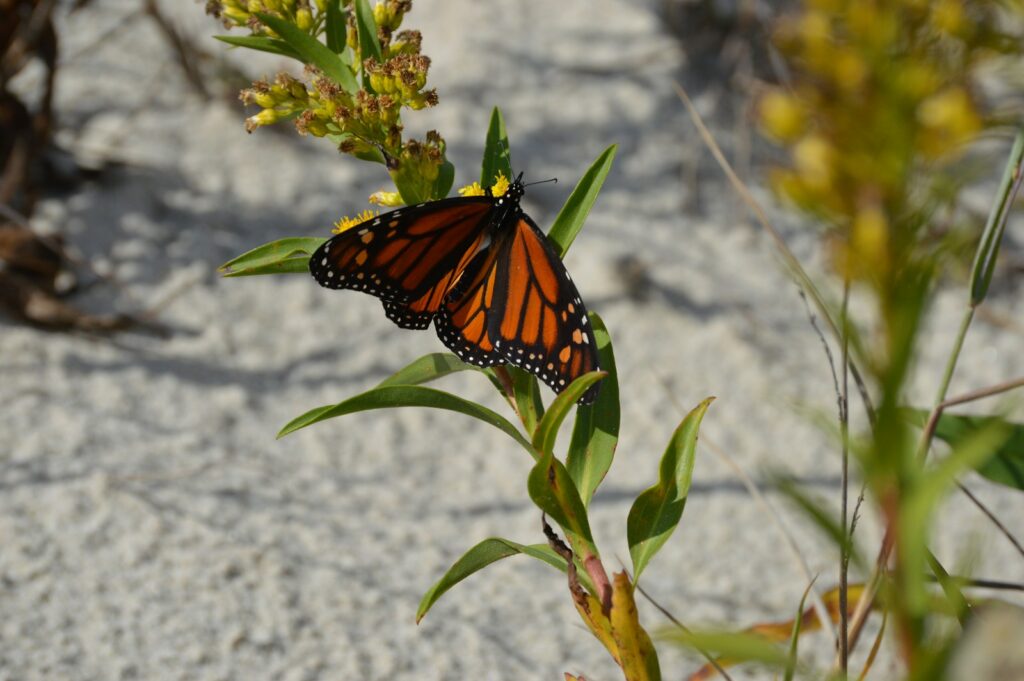
While many might assume birds regularly prey on monarch butterflies, the reality is more complex due to the monarchs’ chemical defenses. Monarchs sequester toxic cardiac glycosides from milkweed plants, making them unpalatable and sometimes dangerous to potential predators. Most experienced birds learn to avoid adult monarchs after unpleasant encounters with their bitter taste. However, some bird species have evolved strategies to overcome these defenses—black-headed grosbeaks and black-backed orioles in the Mexican overwintering grounds can consume monarchs by avoiding the most toxic parts. During migration, certain opportunistic birds may prey on weak or injured monarchs. These predator-prey dynamics represent just one facet of the ecological relationships that develop where bird and monarch migrations intersect.
How Monarch Population Declines Affect Bird Communities
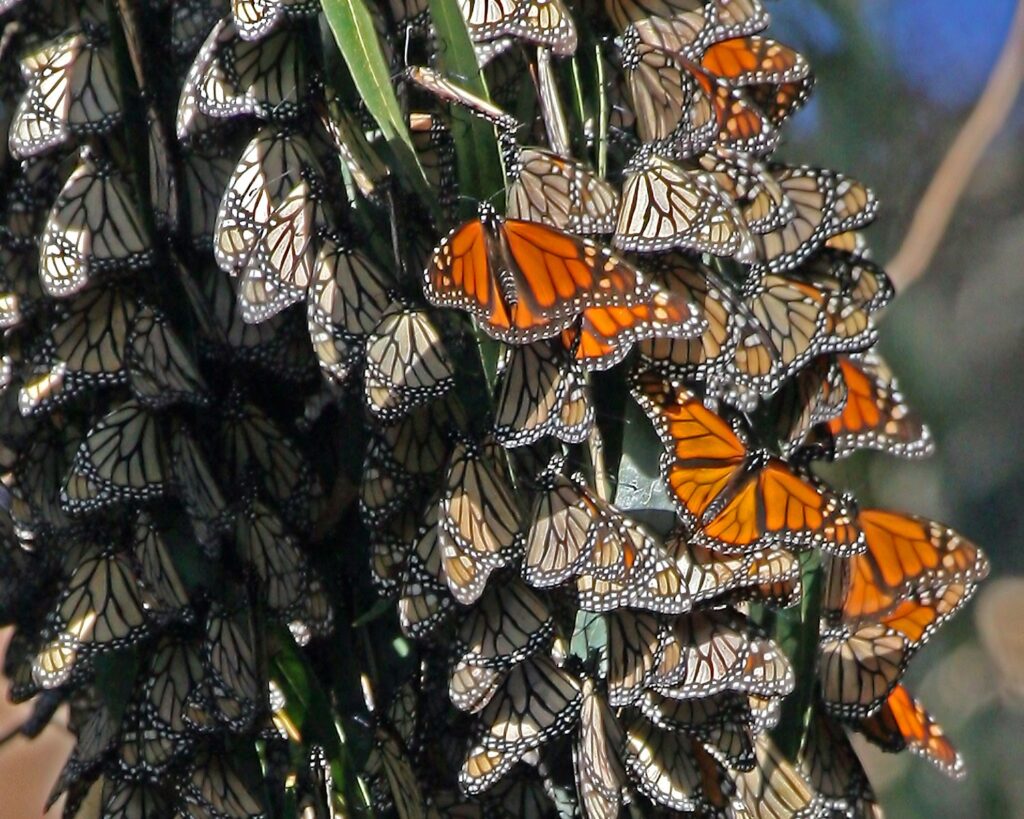
The dramatic decline in monarch butterfly populations—down approximately 80% over the past two decades—has ripple effects throughout ecosystems, including impacts on bird communities. As monarch numbers diminish, the ecological services they provide as pollinators decrease, potentially reducing plant diversity and seed production that many birds depend upon. The same habitat loss and agricultural practices that harm monarchs also directly impact ground-nesting birds like meadowlarks and bobolinks. Studies in the Midwest have documented parallel declines in both monarch and grassland bird populations following the widespread adoption of herbicide-resistant crops and subsequent reduction in milkweed abundance. These synchronized population crashes suggest that monarch butterflies can serve as valuable indicator species—their presence or absence potentially signaling habitat conditions that will likely affect bird populations as well.
Climate Change: Disrupting Synchronized Migration Patterns
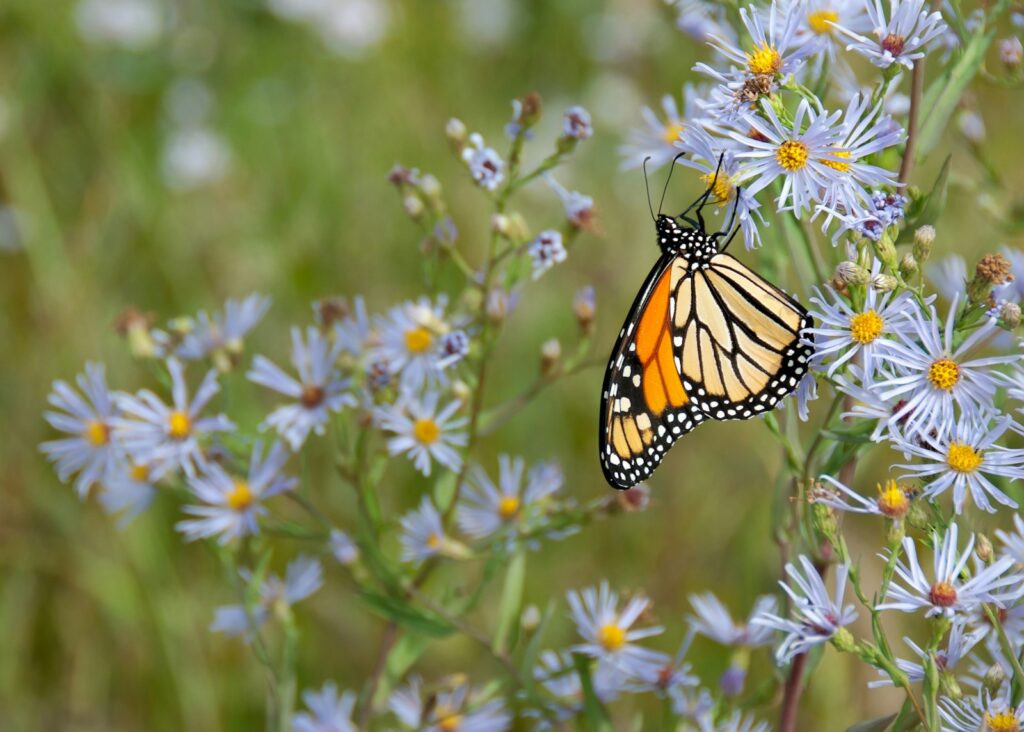
Climate change presents one of the most significant threats to both monarch and bird migrations by disrupting the delicate timing these journeys require. Rising temperatures are altering the phenology—the timing of natural events—causing misalignments between migrations and the availability of critical resources. Monarchs may arrive at breeding grounds before milkweed emerges or find their overwintering sites affected by unusual weather patterns. Similarly, migratory birds increasingly face the challenge of arriving at traditional stopover sites only to find that seasonal insect populations have already peaked or haven’t yet emerged. Research from the University of Wisconsin has demonstrated that climate-driven shifts in migration timing have created as much as a two-week mismatch between some bird arrivals and their optimal feeding conditions. These desynchronization events particularly affect species whose migrations overlap with monarchs, as both depend on similar seasonal cues and resources.
Conservation Strategies That Benefit Both Monarchs and Birds
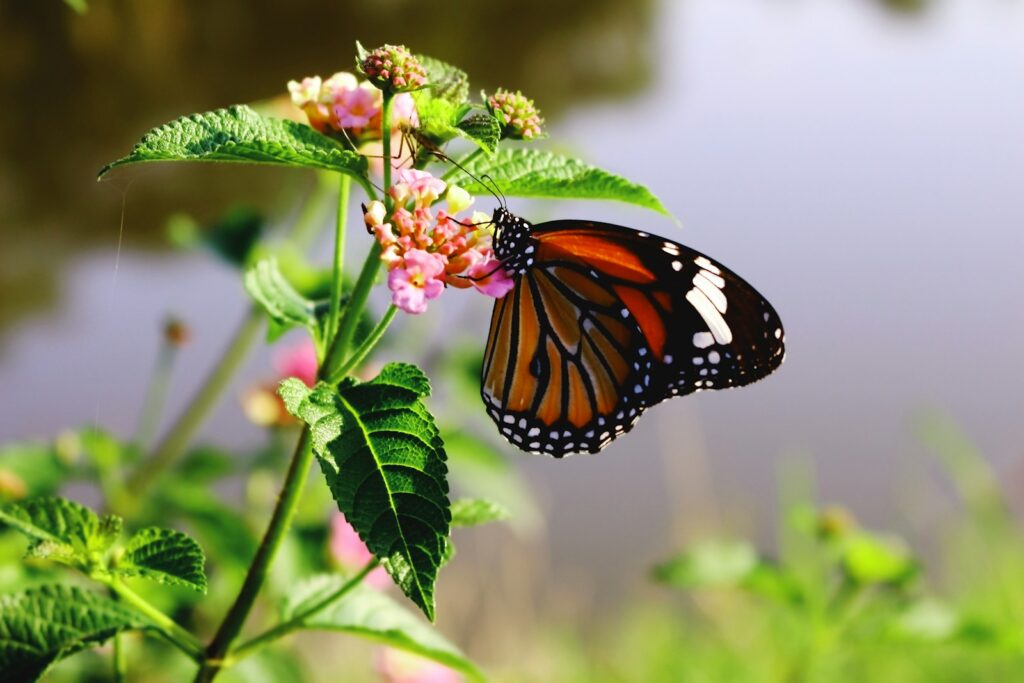
The ecological connections between monarchs and birds present unique opportunities for integrated conservation approaches that benefit multiple species simultaneously. Habitat restoration projects that incorporate native milkweed varieties alongside diverse flowering plants create resources for monarchs throughout their life cycle while providing food and shelter for birds. Initiatives like the Monarch Joint Venture and the National Wildlife Federation’s Garden for Wildlife program encourage the creation of “stopover habitats” that serve both monarchs and migratory birds. Conservation easements that preserve grasslands and agricultural policies that incentivize wildlife-friendly farming practices protect critical breeding habitats for ground-nesting birds while maintaining monarch reproduction areas. These holistic approaches recognize that effective conservation often requires thinking beyond single-species management to address ecosystem-wide connections and processes.
Monarch Waystations: Benefiting Beyond Butterflies
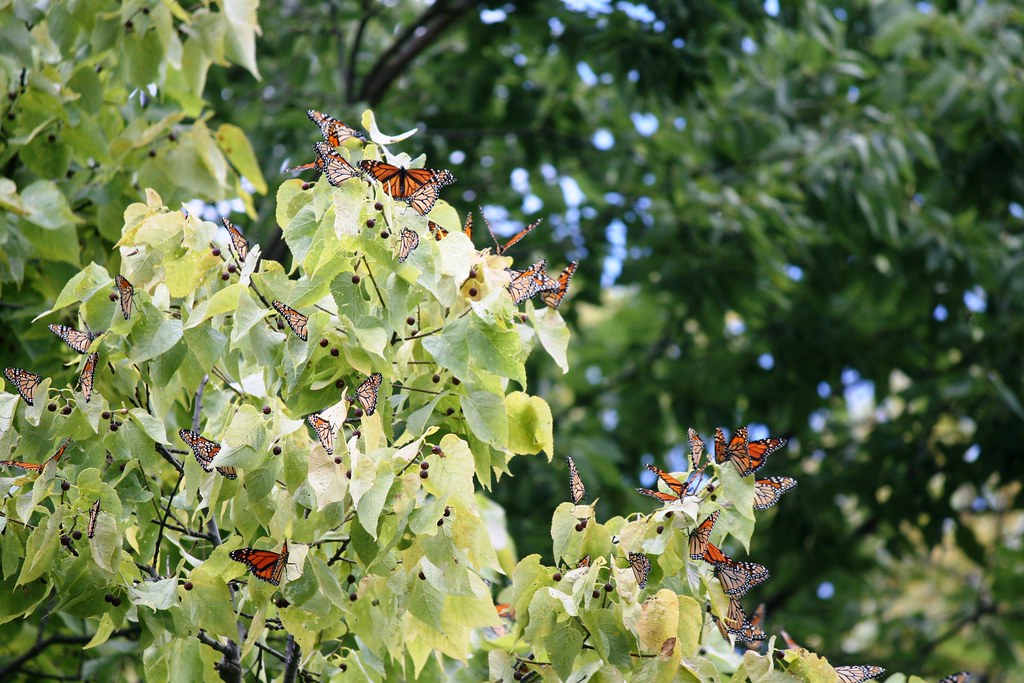
Monarch Waystations—specially designed gardens containing milkweed and nectar plants to support monarchs—have emerged as powerful conservation tools with benefits extending well beyond butterflies. These intentional habitats, now numbering over 30,000 registered locations across North America, serve as biodiversity hotspots that attract and support numerous bird species. Research from the Cornell Lab of Ornithology found that properties with certified Monarch Waystations reported approximately 20% higher bird diversity compared to similar properties without these specialized gardens. The native plants typically included in Waystations provide seeds, fruits, and habitat structure utilized by resident birds year-round. During migration periods, these spaces offer critical refueling opportunities for both monarchs and birds traveling along overlapping flyways. The Waystation network demonstrates how targeted efforts for one iconic species can create cascading ecological benefits throughout food webs.
Citizen Science: How Bird Watchers Aid Monarch Research
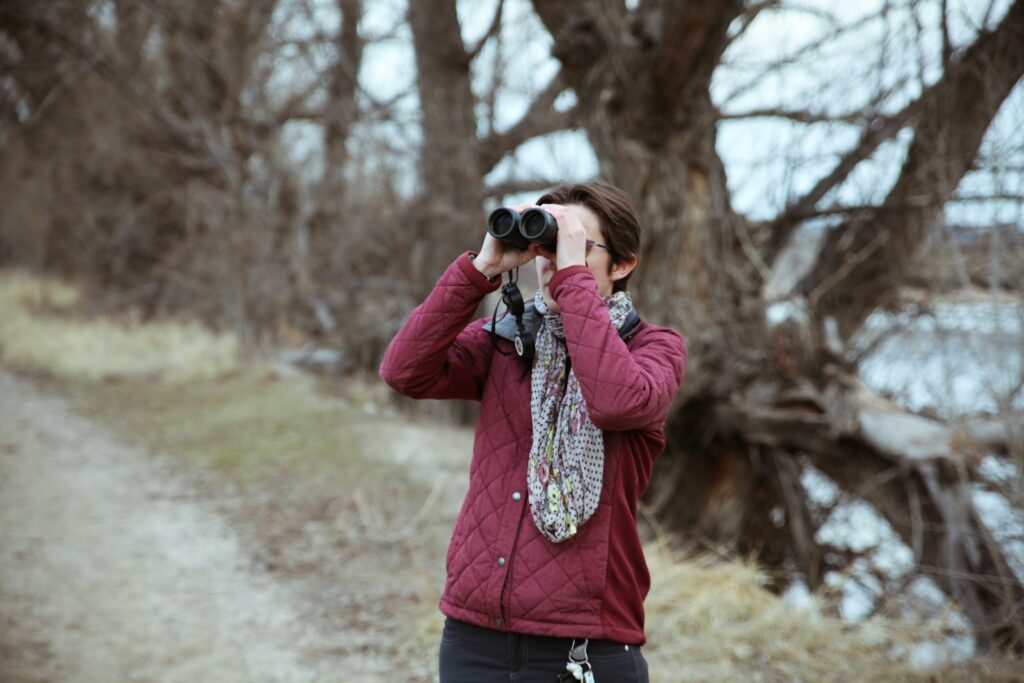
The intersection of monarch and bird migrations has created unique opportunities for citizen science initiatives that leverage the skills and enthusiasm of bird watchers to advance butterfly conservation. Programs like Journey North and the Monarch Larva Monitoring Project allow bird enthusiasts to expand their observation skills to document monarch movements, breeding behavior, and habitat use. These volunteer-driven data collection efforts have revolutionized researchers’ understanding of migration patterns and population dynamics for both taxonomic groups. The Migratory Dragonfly Partnership exemplifies this crossover approach, recruiting birders to document insect migrations using techniques adapted from bird monitoring protocols. The Cornell Lab of Ornithology’s eBird platform now includes options for recording monarch sightings, acknowledging the natural overlap in observer interests and creating more comprehensive biodiversity datasets that help scientists understand ecosystem-wide patterns and changes.
Notable Stopover Sites Where Birders Can Observe Both Species
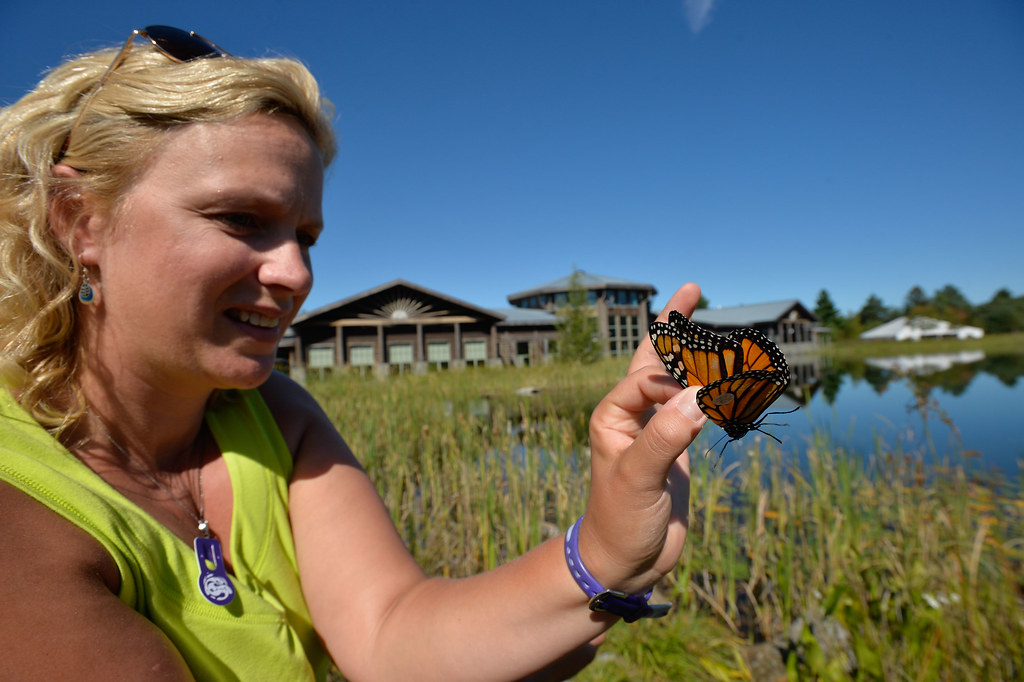
Throughout North America, certain locations serve as critical refuges for both migratory birds and monarchs, offering exceptional viewing opportunities for nature enthusiasts. Point Pelee National Park in Ontario represents one of the most spectacular crossover sites, where spring and fall migrations bring waves of warblers alongside monarch butterflies as they prepare to cross Lake Erie. The Upper Mississippi River National Wildlife and Fish Refuge spans 261 miles across four states and hosts remarkable concentrations of both taxonomic groups—visitors in September often witness bald eagles soaring above fields dotted with monarch-covered blazing star flowers. Along the Texas coast, places like Aransas National Wildlife Refuge and South Padre Island become biological bottlenecks where monarchs and birds funnel through on their journeys to and from Mexico. Cape May, New Jersey, famous for its hawk watches, also hosts significant monarch concentrations, allowing visitors to experience dual migration spectacles from the same observation points.
How Bird Lovers Can Support Monarch Conservation
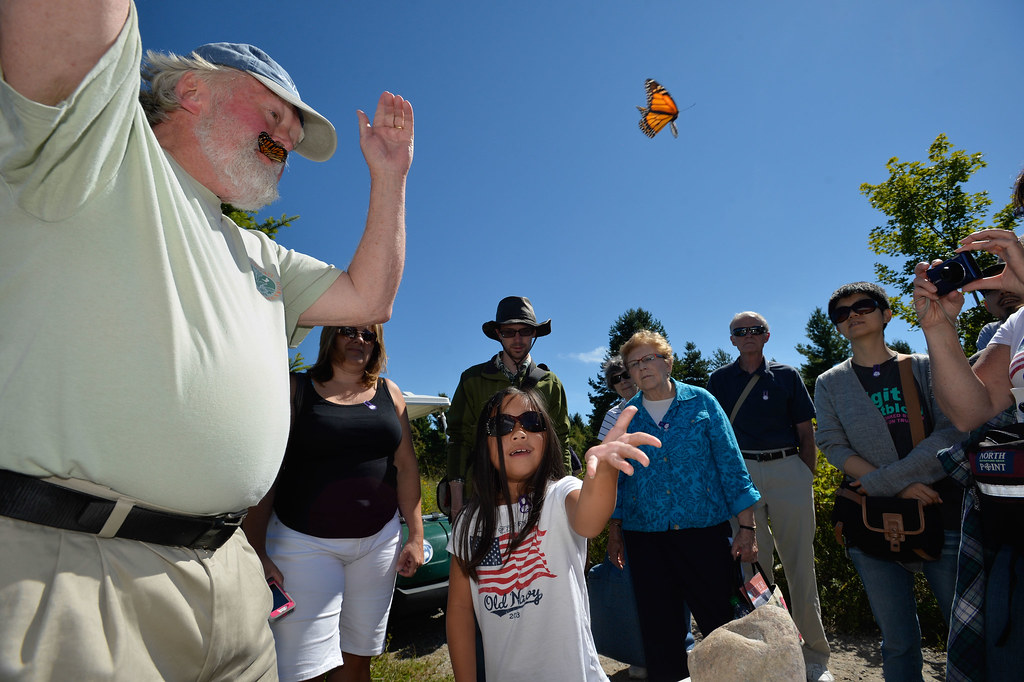
Bird enthusiasts possess unique skills and perspectives that make them valuable allies in monarch conservation efforts. The observational abilities honed through birding—attention to detail, pattern recognition, and patience—transfer readily to monarch monitoring and habitat assessment. Bird lovers can make significant contributions by incorporating monarch-friendly native plants into existing bird gardens, creating microchabitats that serve both groups. Participating in community science projects like the International Monarch Monitoring Blitz allows birders to apply their field skills to butterfly conservation during the critical breeding season. Advocacy represents another powerful avenue—bird club members can leverage their organized voice to support policies protecting shared habitats, such as the Recovering America’s Wildlife Act and state pollinator protection plans. By recognizing the ecological connections between their favorite birds and monarch butterflies, enthusiasts can expand their conservation impact without abandoning their primary wildlife passion.
Future Research: Understanding the Complex Relationships
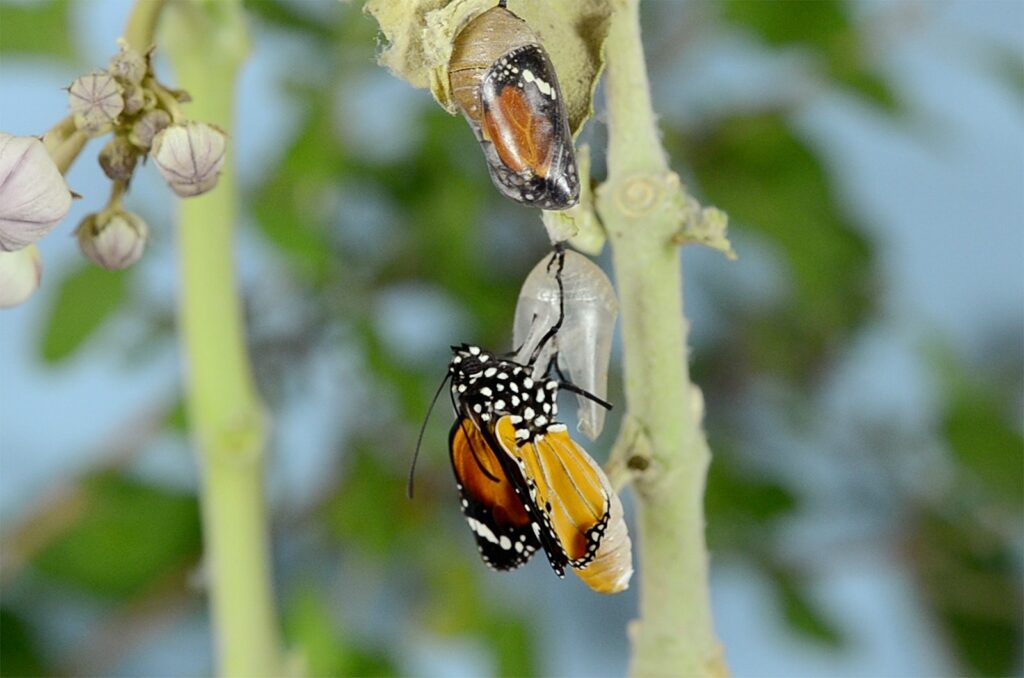
The interconnections between monarch and bird migrations remain incompletely understood, opening exciting frontiers for future scientific investigation. Researchers are increasingly employing advanced technologies like automated radio telemetry networks (Motus Wildlife Tracking System) and isotope analysis to reveal fine-scale movement patterns and habitat use of both taxonomic groups. Questions about resource competition at shared stopover sites, particularly during drought years when nectar may be limited, represent critical knowledge gaps. Studies examining how climate change differentially affects migration timing between birds and butterflies may help predict future ecological mismatches. The field of community ecology offers promising frameworks for understanding these complex interspecies relationships, particularly as they relate to shared predators and parasites along migration routes. As research techniques continue advancing, our understanding of these ecological connections will deepen, potentially revealing currently unknown relationships between specific bird species and monarchs that could inform more effective conservation strategies.
What Bird Lovers Can Learn From Monarch Enthusiasts
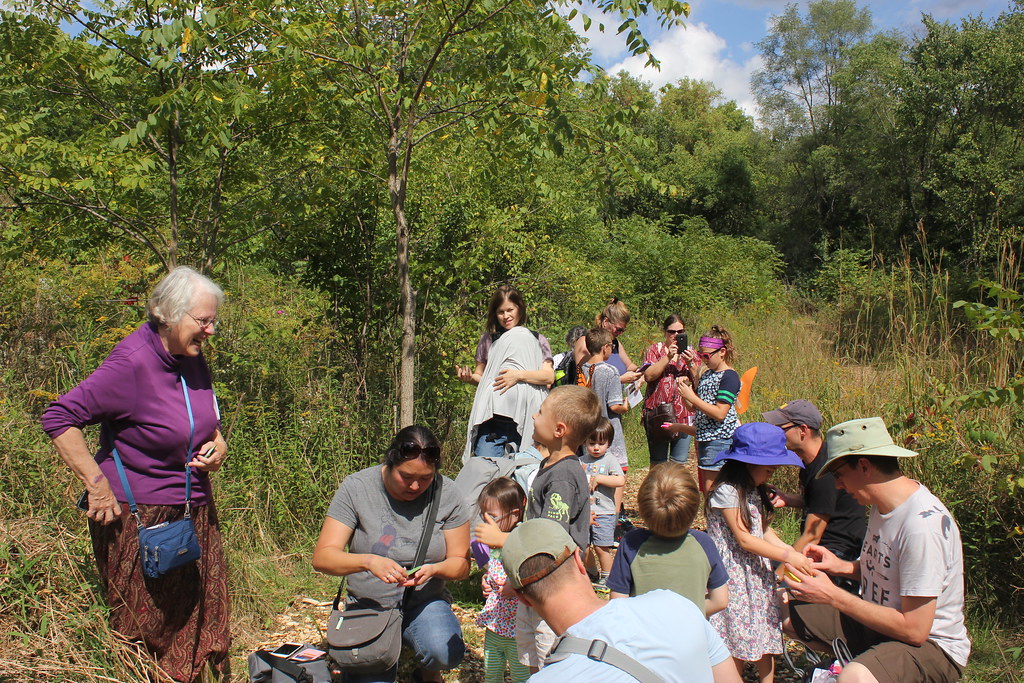
The monarch conservation movement offers valuable lessons and perspectives that can enrich the birding experience and expand conservation impact. Monarch enthusiasts have pioneered accessible backyard conservation approaches that demonstrate how small spaces, when properly managed, can provide meaningful habitat for migratory species—a model increasingly relevant for supporting urban bird populations. The monarch community’s emphasis on plant-insect relationships encourages a more holistic ecological understanding that many bird conservationists now recognize as essential for effective habitat management. Monarch conservation’s strong focus on international cooperation across the full migratory range provides a template for addressing similar challenges facing migratory birds. Perhaps most importantly, the emotional connection many people feel toward monarchs has proven remarkably effective at motivating conservation action—their charisma and cultural significance create entry points for broader environmental engagement, a strategy that bird conservation organizations increasingly employ. By building bridges between these passionate communities, conservation efforts can be strengthened and expanded.
As we’ve explored throughout this article, the seemingly separate worlds of monarch butterflies and birds are in fact deeply interconnected through shared habitats, overlapping migration routes, and parallel conservation challenges. For bird enthusiasts, recognizing these connections offers fresh perspectives on familiar landscapes and new dimensions to appreciate during field observations. The decline of monarch populations serves as a warning signal for the health of ecosystems that countless bird species also depend upon. By broadening their ecological awareness to include monarchs and their habitat needs, bird lovers can enhance their impact as conservationists while developing a more complete understanding of the natural systems they cherish. In the end, the story of monarchs and birds reminds us that nature functions not as isolated species but as intricate webs of relationship—a reality that demands holistic approaches to both appreciation and protection.
